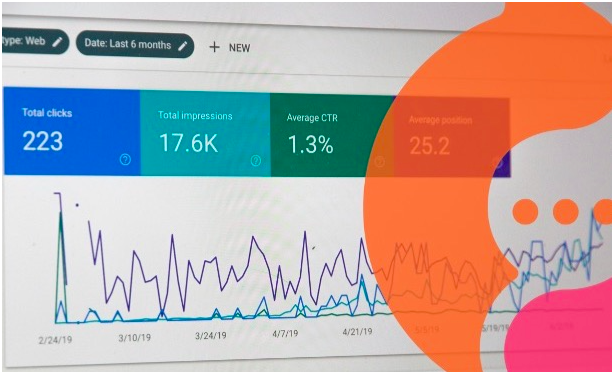Six surprising insights about social media’s impact on B2B sales
Not all social media platforms are created equal when it comes to boosting B2B sales. Read the surprising insights in our new report to see which social media channels truly matter. Here’s a sneak peek into the findings that can transform your social media strategy.
1. LinkedIn dominates the B2B space
LinkedIn stands out as the most crucial social platform for B2B communications. In our research, 90% of B2B buyers claimed that LinkedIn plays an important part in the consideration of suppliers.
87% of B2B marketers use LinkedIn as part of their content marketing strategy, while 62% rate it as the most effective platform for their organisation (Content Marketing Institute). Research from LinkedIn shows that decision-makers spend an average of 6 minutes consuming thought leadership content on their platform (LinkedIn B2B Benchmark 2024 Report).
What you can do: Focus your efforts on LinkedIn by regularly posting high-quality, engaging content. This platform is indispensable for B2B marketers.
2. The surprising power of Glassdoor
Glassdoor is often seen as a job review site, but it plays a significant role in B2B purchasing decisions, with 60% of our respondents citing it as an important factor. For larger marketing teams, our research showed that Glassdoor’s importance increases by 9% (vs the entire data set).
For years we’ve known that engaged employees drive business performance, and recent research showed that highly engaged teams lead to a 21% increase in profitability (Gallup).
What you can do: Use Glassdoor to positively influence buying decisions by showcasing your company culture and employee satisfaction. Regularly review and respond to feedback to enhance your company’s reputation.
3. The others fall short
Facebook, Twitter, and Instagram are popular among B2B marketers, but their impact on B2B sales is minimal compared to LinkedIn. Our survey found these platforms rank under 40% in importance for B2B buyers.
Despite this, B2B marketers continue to invest heavily in them. For instance, 56% of B2B marketers use Facebook for paid content promotion, and 80% use it for organic content distribution. Similarly, Twitter and Instagram are also widely used, with 71% and 56% of B2B marketers using them for organic content distribution, respectively (Content Marketing Institute).
What you can do: Reallocate resources from less impactful platforms to those that drive more value, like LinkedIn and Glassdoor. Focus your efforts where they matter most.
4. How to win in LinkedIn
What makes LinkedIn so crucial for B2B buyers? Our survey showed it’s all about quality content and a well-organised company page. B2B buyers in larger marketing teams place 15% more importance on regular posting and 11% more importance on the number of followers.
Recent research by LinkedIn highlights that companies with regular posts see twice the engagement (likes, shares, comments etc), and high-quality, engaging content on LinkedIn sees 2x the conversion rate compared to other social platforms, (LinkedIn B2B Benchmark 2024 Report).
What you can do: Ensure your LinkedIn strategy includes regular, high-quality posts and actively grow your follower base. This will enhance your visibility and engagement.
5. The importance of video content
In our research YouTube ranked as the third most important social media platform for B2B buyers, with over 50% of respondents claiming its importance in purchase decisions. Our respondents valued well-organised channels and high-quality videos.
66% of B2B marketers use video content, with 58% finding it to be one of the most effective formats for their content marketing (Content Marketing Institute). In addition, 52% of B2B marketers plan to increase their investment in video content over the next year (CMO Survey)
What you can do: Invest in creating professional, informative videos that highlight your brand’s strengths and customer success stories. Quality video content can significantly boost engagement and trust.
6. Customer advocacy power
Customer advocacy, from simple reviews to detailed case studies, plays a crucial role in influencing buying decisions. Our report found that personal recommendations (90% important) and detailed case studies (88% important) are the most crucial aspects of customer advocacy.
73% of the most successful B2B content marketers use customer testimonials as part of their content marketing strategy (Content Marketing Institute).
What you can do: Develop detailed case studies showcasing successful outcomes and use these as part of your social media content strategy to build credibility and trust
Conclusion
Understanding the impact of different social media channels on B2B sales can significantly enhance your marketing strategy. Focus on platforms that drive real results, like LinkedIn and Glassdoor, and invest in sharing quality content and customer advocacy
Ready to dive deeper into these insights and transform your approach?
Additional sources:
Content Marketing Institute: B2B Content Marketing: 2022 Benchmarks, Budgets, and Trends—North America
LinkedIn: LinkedIn B2B Benchmark 2024 Report
Gallup: Employee Engagement Drives Growth
CMO Survey: Highlights and Insights Report—March 2023




